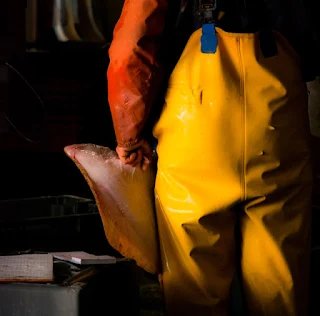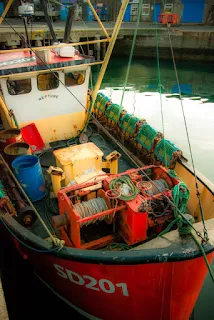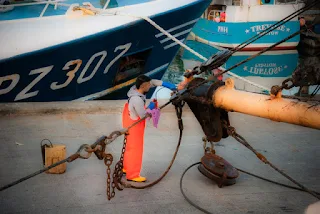Download or print off the programme.
There will be series of screenings of shortlisted and prizewinning films in each category throughout the festival, together with a number of talks by leading filmmakers on documentary and emergent forms of film. Special screenings of SW Film-makers, Poetry films and Student films will also be featured.
Timetable
Friday 6th April The Centre Chywoone Hill, Newlyn, Penzance, Cornwall. TR18 5AR
4.00pm Welcome and Registration/Tea
5.00pm Di Taylor and Anthea Page Cornish Film showing
Man Engine/George Lloyd from Redcliffe films
6.00-7.30 pm Pizza Supper break and reception
7.30 -8.30 pm Student Film Showing
8.30-9.30 pm Animation Film Showing
Saturday 7th April The Centre Chywoone Hill
10.00 am Coffee
10.30 – 11.30 am Talk: Keeping Your Head Above Water by
Jon Dovey
11.30 – 11.55 pm Talk: The Raven Flies
12.00-1.15 pm SW Film-Makers Film programme showing
1.00pm -2.30 pm Lunch and Networking (homemade lunch available from the festival cafe:quiche and salad £5.00.)
2.30 – 4.15 pm Fiction Films Introduction: Maria Livesey
4.15 – 4.45 pm Tea, cakes and networking/4.15pm to 4.45pm Lyn Aubrey
Living on the Edge documentary about living in a quarry near St Just.
4.45- 5.15 pm Talk: Book of Hours from Lucy English
5.15 – 6.00 pm Poetry Film showing
6.00 – 7.30 pm Supper
8.00pm till late Festival Party 7.30 until late/ 9.00 pm
Badlands Blues Band Penlee Bowls Club. Entry (£5.00 on door)
Sunday 8th April
10.30 am-12.30 am Tolcarne Inn Tea, cakes and networking (Ticketed but
free)
The Centre Chywoone Hill
1.00-1.45 pm Talk: Documentary and Truth Telling
Colin Thomas
1.45-3.15 pm Documentary Film showing (Introduction Jon
Dovey and Colin Thomas)
(tea coffee and cake from the Festival cafe available
during the afternoon)
3.15-4.15 pm Winners Compilation
4.15-5.00 pm Awards and Judges feed back Q&A

































